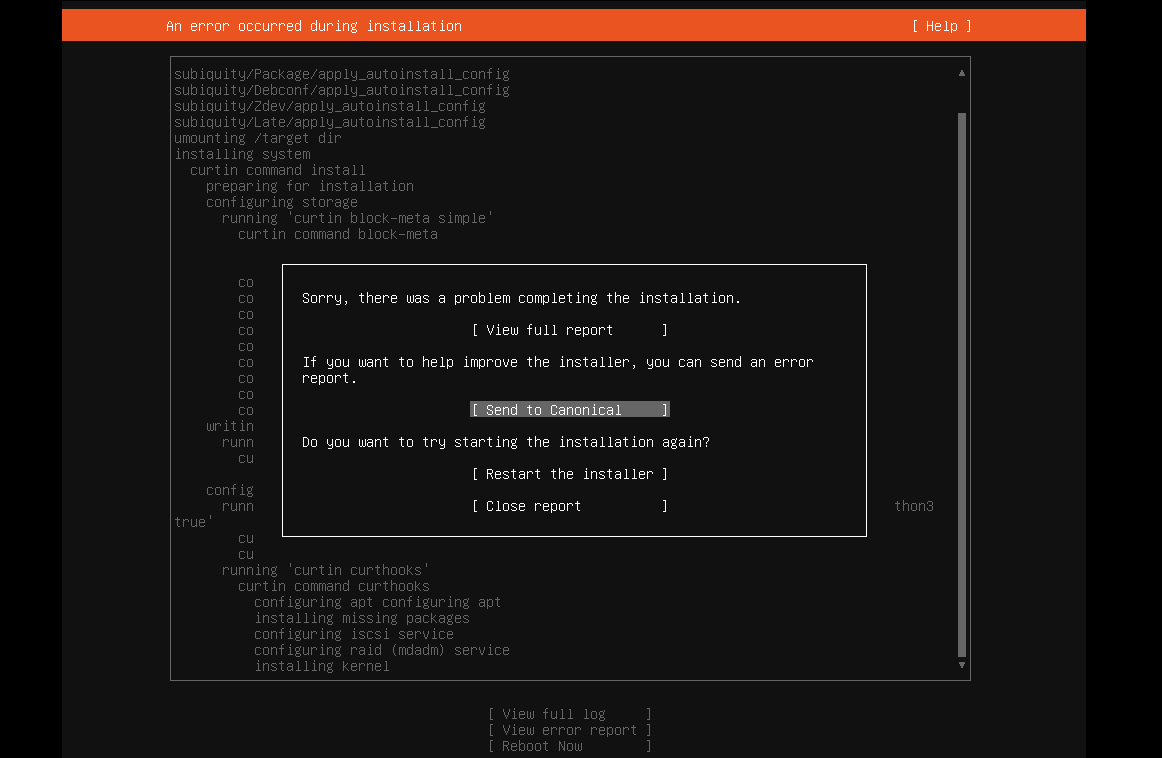From talking to one of the developers at Henry Schein,
Dentrix is a very disk and network intensive application, which tends to cause
problems when you run it on virtual PCs that share physical storage. I set it up in a lab environment and
experienced similar issues, but this may be because we were also using other
non-Dentrix applications on the same physical hardware, and the hardware needed
to be upgraded.
With our virtual infrastructure not up to the task of
running Dentrix, I decided to build a physical infrastructure for it
instead. I grabbed two old servers and
installed terminal services on them, along with the Dentrix G4 Clinical
Workstation edition.
I talked with the developer about doing this, and he said
that there were several known issues with installing Dentrix on a terminal
server. Namely, “slowness, refresh
issues, and not prompting for a password when it should.” Additionally, there are “identity issues,
because the database won't know if the computer has the information it needed,
because that computer is connecting and requesting the same information
multiple times.” However, with no other
options available, I had to try it.
Getting it installed was a little less straightforward than
it was on a Windows 7 workstation. In
order to get it installed (on a Server 2008 R2 operating system), I had to
install two role services first: the .NET Framework 3.5, and Windows Desktop
Experience. Dentrix would not work
without them.
After Dentrix was installed, I wanted to make sure it would
work without giving everyone Administrator privileges. I gave Domain Users permission to the “C:\Program
Files (x86)\Dentrix” folder, and also had to disable UAC, and this allowed
Dentrix to work for non-Administrators.
I also had to give users full permission to the “C:\DtxTemp” folder to
allow them to be able to print the predefined letters they had set up there,
but the program will run without doing this.
One of the offices also uses XDR. I was able to get XDR to work as a
non-Administrator by giving Users full access to the "C:\XDRClient" folder.
After all of this was done, I copied the program icons over
to the Public Desktop (as the program only installs icons to the User’s
desktop, by default), and everything was working fine.
The main terminal server I am running Dentrix on has dual
quad-core Xeon 3.20GHz processors and 8GB of RAM, although I would like to get
it upgraded to 16GB. The second one has
fewer users on it, and has a dual-core AMD Opteron 2.0GHz processor and 16GB of
RAM. I have about 10 concurrent users on
the primary terminal server, and 5 on the secondary.
So far, they like the performance a lot better than their
old infrastructure, which had everyone on their own physical blade PC – an
Athlon XP 1500+ with 2GB of RAM, which is far below Dentrix’s minimum
requirement of a 2.4GHz Pentium 4. The
only other issue I have had is when printing the appointment book view. The reporting options there are a
per-computer setting, so if a user at one office changes the settings there,
all of the offices are affected.
Well, that’s all for now.
So far, the customer is happy, and hopefully, it will stay that way.

